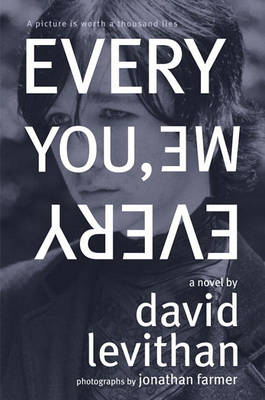Reviewed by rakesandrogues on
Of course, it’s difficult to talk about this book without touching on the photographs – because let’s be honest: that’s one of the other reasons that make this book unique. Levithan worked with his friend Farmer to create a novel that worked with photographs. Farmer took each photograph featured in the book and it was up to Levithan to find a way to incorporate every single one. Farmer had no idea what Levithan was writing, and Levithan had no idea what photograph would follow. It was great to take a break from the usual storytelling format, but I wouldn’t say that I was stunned by any of the pictures in the book. I love the idea that both of them were able to work so well together to create a story – even if they had no idea that it would work at the time.
Nonetheless, the mystery behind Ariel kept me hooked. I had some theories as to what had happened to her, but Levithan still managed to keep me on my toes the entire time. Just when I thought I was coming to a conclusion, the characters would just say something that made me second-guess myself.
The combination of photographs and choppy sentences also makes this book a really short read. The book isn’t long to begin with, and since many pages are not filled entirely with text, it is very easy to read this book in one sitting.
I would definitely recommend this book to fans of David Levithan. This one isn’t my favorite work of Levithan, so I wouldn’t exactly recommend this book to someone who has never picked up one of his works. However, if you’re really in the mood for a book that will keep you guessing, pick this one up!
If I wasn’t such a huge Levithan fan, I would have been disappointed that I bought this book instead of just borrowing it from the library. This one is definitely a Borrow It for me if it was written by anyone else.
Why I’m Biased: David Levithan is one of my favorite authors. Ever. So I admit I have a tendency to hold high standards.
Reading updates
- Started reading
- 6 October, 2011: Finished reading
- 6 October, 2011: Reviewed
